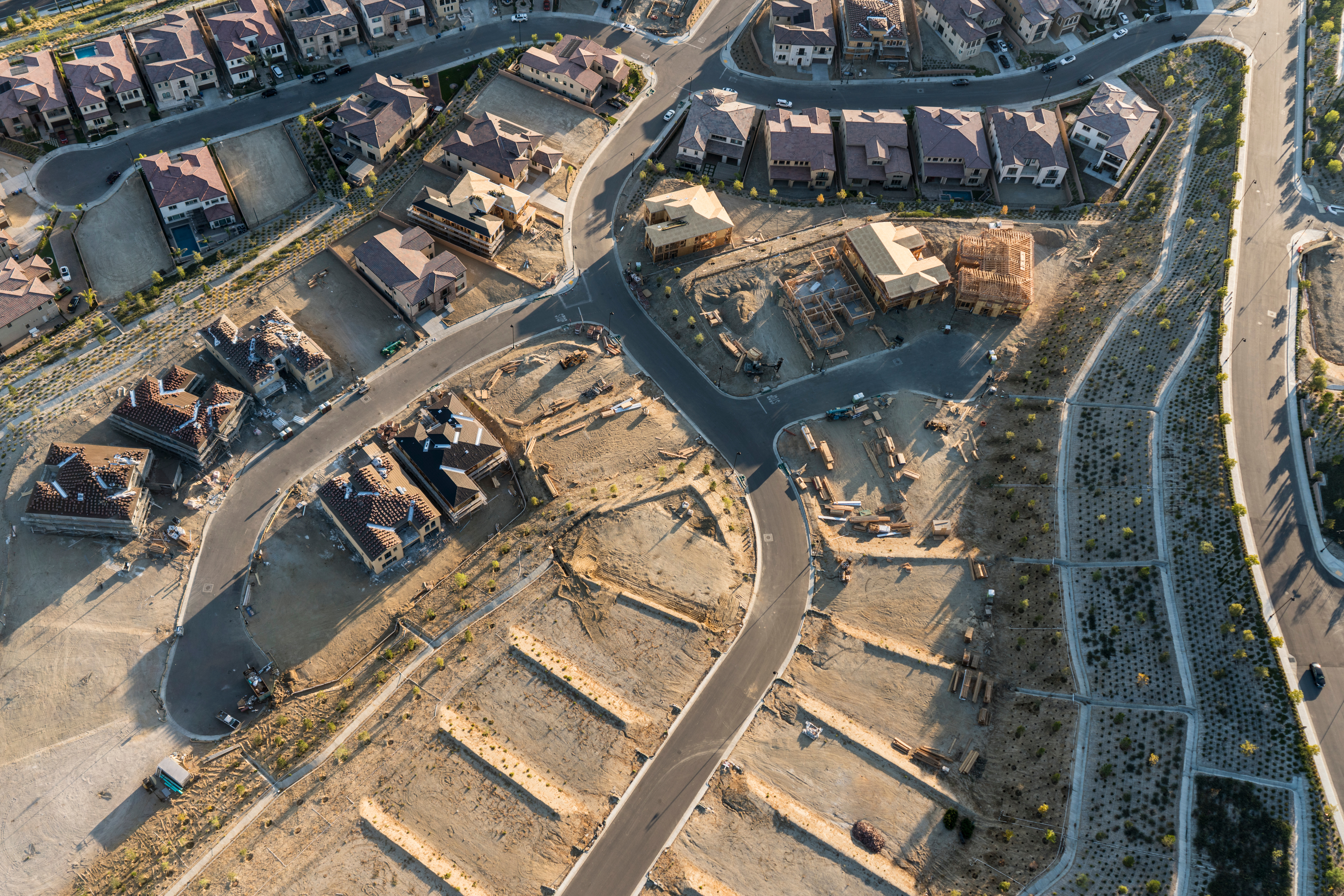Zoning laws aren’t just fine print — they can be the deciding factor in whether a project moves forward or stalls indefinitely. For builders, deciphering these local rules isn’t optional, it’s essential. The more complex the zoning landscape, the more important it becomes to understand what’s possible on a parcel before committing to a project.
In today’s highly competitive building market, speed still matters — but the fastest builders are the best-informed ones.
Understanding the Zoning Challenge
Zoning laws regulate how land can be used. They define what can be built, how dense it can be, how tall it can go, how far it must be from the street or neighboring lots, and much more.
The challenge? These regulations vary not just from state to state, but from county to county, and sometimes even block to block. While one parcel may allow for multifamily housing, the parcel next door might be restricted to single-family use with large setbacks and limited height.
There’s no universal zoning code, and interpretations can shift depending on who’s reviewing your plans. That complexity introduces real risk for builders who don’t start with the right information.
Key Zoning Factors Builders Must Evaluate
To avoid costly surprises, it’s crucial to understand the elements that define what a site can support. These include:
- Permitted Uses: Is the site zoned for what you want to build: residential, commercial, mixed-use?
- Density Limits: How many units per acre are allowed? Is there a floor area ratio (FAR) or other restrictions on building size?
- Setbacks & Lot Coverage: How much of the lot can be built on, and how far must buildings sit from the edges of the property?
- Height Restrictions: Can you go vertical, or are there strict limits on building height or number of stories?
- Parking Requirements: Is there enough space to meet local parking minimums, especially for multifamily or commercial developments?
- Overlay Districts or Special Zones: Is the site subject to additional rules because it’s in a floodplain, historic district, or other special planning area?
Missing just one of these details can force a full redesign — or stall a project indefinitely.
When the Zoning Doesn’t Align
Even when a parcel seems promising, zoning conflicts may arise. Common paths forward include:
- Variance Requests: Builders can apply for an exception to a specific zoning rule (like a setback or height restriction), but these require strong justification and often involve public hearings.
- Rezoning or Conditional Use Permits: In some cases, it’s possible to change the zoning designation or request permission for a use that’s not normally allowed — but approvals aren’t guaranteed, and timelines can be long. With Acres, you can evaluate nearby parcels to identify precedent and neighborhood trends that strengthen your case and support a more strategic application.
- Community Pushback: Neighborhood opposition can delay or derail approval processes. Engaging the community early can help smooth the path forward.
- Professional Guidance: When zoning hurdles appear, land use attorneys and planning consultants can be key partners in navigating the approval process.
Smart Strategies for Navigating Zoning Complexity
There’s no shortcut through zoning laws, but there are smarter ways to manage them:
- Start with the Map: Begin your due diligence with a thorough review of local zoning designations and what they allow.
- Build Flexibility into Plans: Design with contingencies in mind, especially in jurisdictions where zoning interpretations vary.
- Use Pre-Application Meetings: Many cities and counties offer early-stage planning sessions. These can provide invaluable feedback and flag potential roadblocks before you submit formal plans.
- Keep a Paper Trail: Document all conversations with local officials, interpretations of zoning rules, and any preliminary approvals. This protects you if regulations shift midstream. With Acres’ portfolio tools, you can easily attach notes and documentation directly to saved properties, ensuring your whole team has access to the most up-to-date context, all in one place.
Zoning Data: Your Development Advantage
Knowing how a site is zoned is no longer a “nice to have,” it’s a critical part of early feasibility. Builders who understand zoning from day one:
- Save time by filtering out non-viable sites early
- Reduce rework caused by overlooked regulations
- Move faster when competitive sites hit the market
- Approach planning with confidence, backed by real data
That’s where zoning visualization tools come into play.
How Acres Helps Builders Navigate Zoning Complexity
At Acres, we understand that local zoning laws can make the development process feel like a maze. That’s why our platform brings zoning data front and center — so you don’t have to chase down PDFs, dig through outdated city websites, or wait on responses from planning departments.
With Acres, builders can:
- View zoning overlays directly on the map to understand use restrictions and density allowances.
- Filter for specific zoning types to align with your intended project.
- See how zoning fits into the bigger picture, alongside infrastructure, environmental risk, and market trends.
- Instantly visualize your own zoning data on the map if it’s not already part of Acres’ growing library of 1,200+ data layers — making it easy to bring local context into every site decision.
Whether you’re evaluating one site or hundreds, Acres equips you with the clarity you need to move faster, and smarter.
Zoning as a Strategic Advantage
Zoning laws aren’t just red tape — they’re the framework that shapes every development. Builders who treat zoning as a strategic input, not an afterthought, are better positioned to succeed.
When you have the right data from the start, zoning isn’t a barrier … it’s a guide. And with Acres, it’s easier than ever to make confident decisions that respect local rules and move your business forward.
Explore Acres today to uncover zoning data that helps you build smarter from the ground up.
